Master Thinker on Architecture X Design: Aaron Tan
Founder, RAD
Master Lecturer at HKDI inspire*
Aaron Tan studied architecture at Harvard from 1990-1993, where he completed his thesis on the Kowloon Walled City in Hong Kong. Inspired by its innate intelligence, and by the dynamic growth of Asian cities in general, he founded OMA Asia in Hong Kong in 1994 with Rem Koolhaas, to explore new design possibilities. In 2001, the office became independent and was re-named RAD. Tan continues to operate it with a similar vision and interests. He works with a team of talented multinational designers to pursue new design approaches in the unique Asian socio-cultural matrix. His aim is to make meaningful intellectual and physical contributions to our culture and the built environment.
Tan and his team have received numerous design awards for projects such as the SK Telecom HQ , urban resort W Seoul and Jeon Ju University Star Centre in South Korea, Chin Suei Service Centre in Taiwan, the Xixuan Spa Boutique Hotel in China and Vivanta Hotel by Taj Dwarka in India. Their works have been publicised and exhibited at a number of international biennales. Tan also frequently delivers public lectures. Internationally, he is an active design critic, and has served as the External Examiner for The University of Hong Kong.
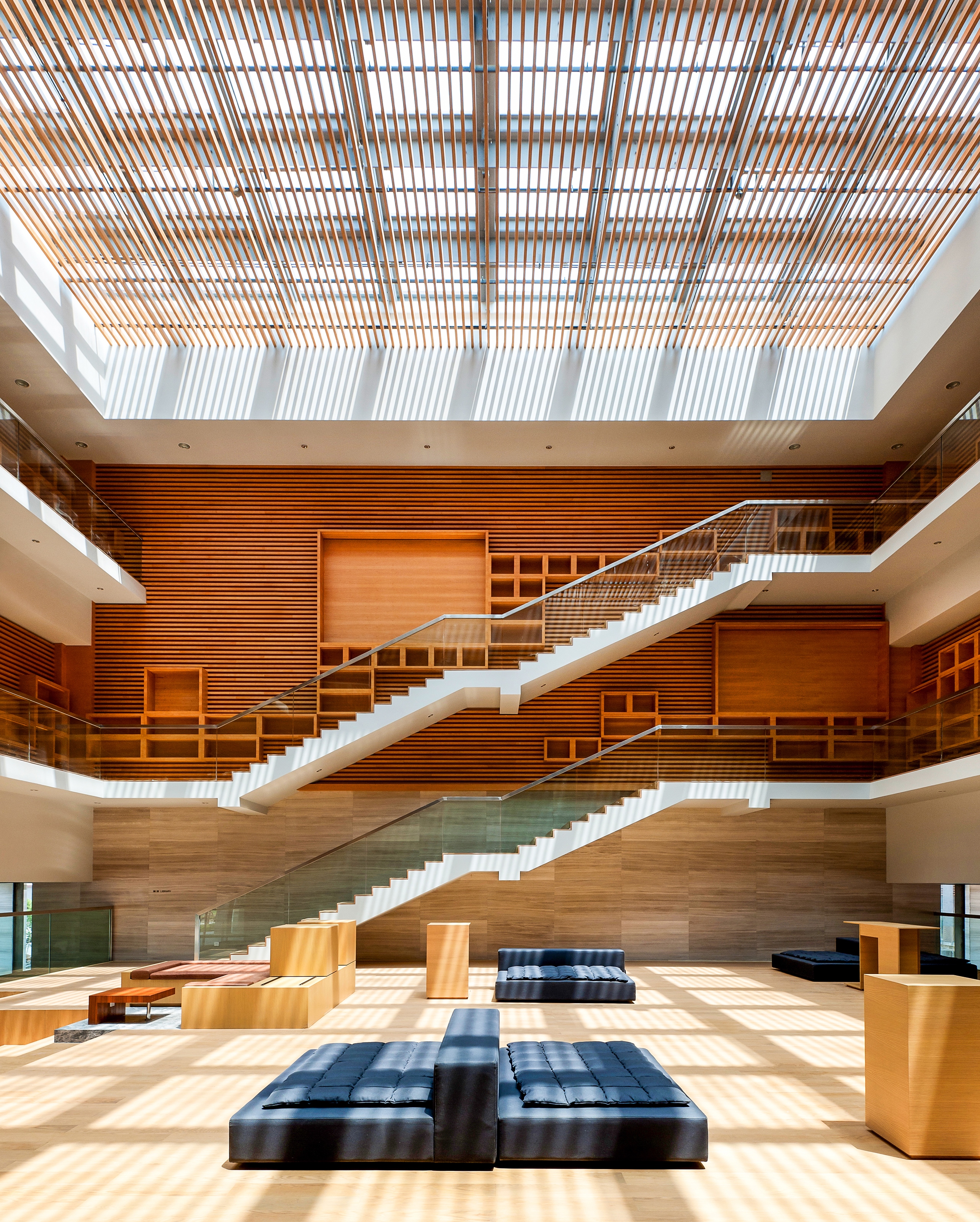
|
Given your extensive experience working with government bodies and public-service departments, how do you think such entities can be helped by using Design Thinking techniques? Many years ago we were involved in the master planning of Orchard Road in Singapore. Although at the time we did not explicitly engage in the processes of Design Thinking as prescribed in today’s textbooks, namely to empathise, define, ideate, prototype and test, our approach to the problem resonated with the ideology. For a start, the project was temporarily headed by the Singapore Tourism Board, whereas traditionally the Urban Redevelopment Authority would be responsible. Our initial meetings dedicated to “discovery” took up to six months before any “designing” was done — only to find out that the planning of Orchard Road was an out-of-the-box, cross-departmental collaboration, along with the Landscape and Traffic Departments. The protocols of Design Thinking had provided us with a structure to discuss problems and solutions between people in different disciplines who also had different stakes in the project. The result was a comprehensive brief that later served as an important blueprint for Orchard Road in Singapore. |
How do you view the application of Design Thinking in general? Is it as successful as it could be or are there improvements that you would like to see made in its application? Design Thinking is extremely helpful in the world of architecture for it is vital in defining a well-thought-out brief at an early stage. But this process is usually only applicable to larger commercial clients who have the resources and vision to invest in Design Thinking — a process that is extremely time-consuming and serves primarily as a discovery tool. The long-term benefits, such as those concerning the sustainability of environments and the suitability of changing social landscapes in architecture projects, are enormous. We at RAD are aware that Design Thinking methodologies can effectively remove bias in design decisions by replacing the traditional top-down hierarchy of most architecture practices today and introducing team-induced decisions from the very beginning of a project. It is a pity that the application of this discovery process is almost exclusively reserved for large commercial clients and governments. |

|
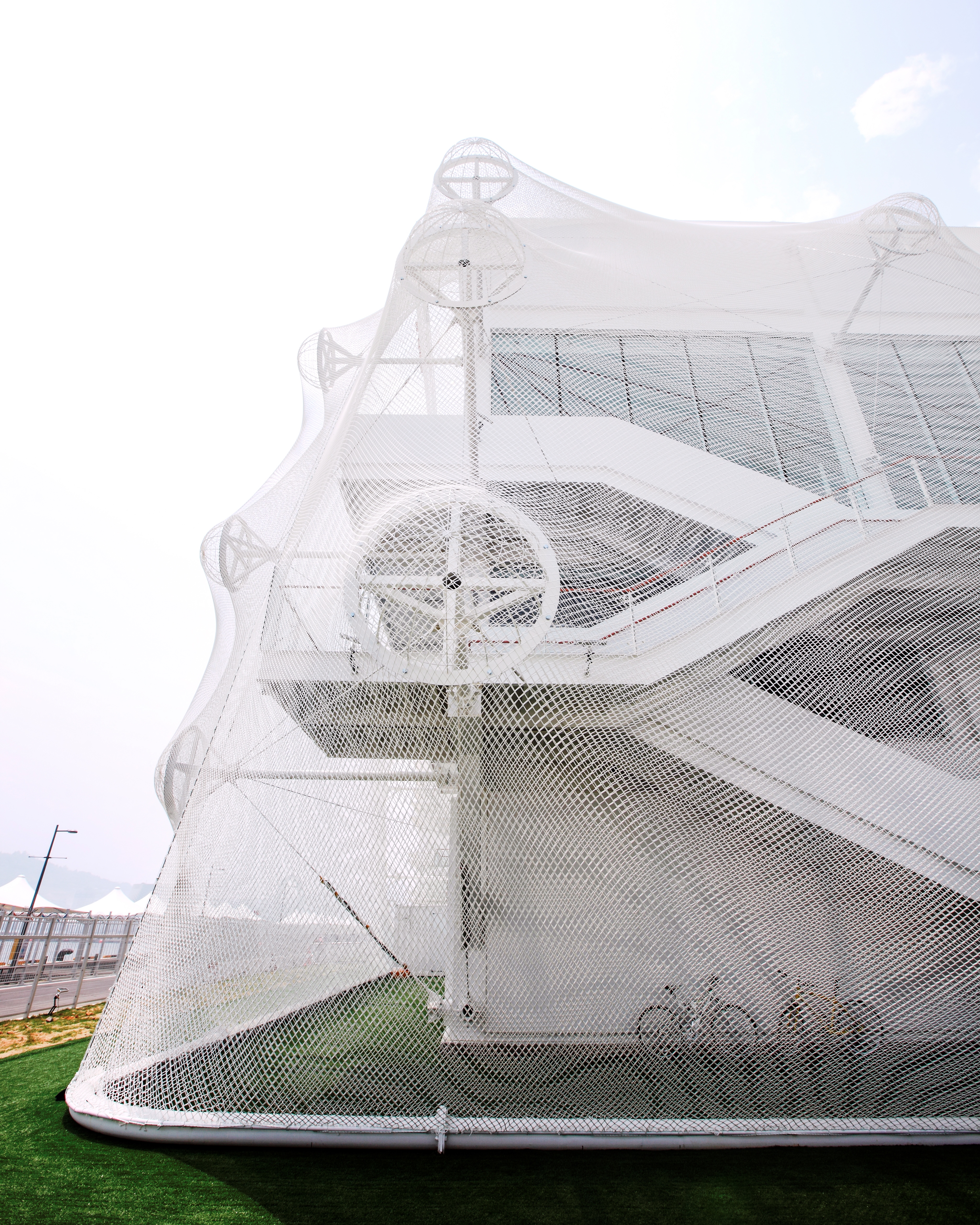
|
Having worked with such large architectural-design firms, do you see any similarities between organising so many talented individuals into an effective unit and how the game of rugby is played? The key word for me is collaboration. Through collaborations such as those between architects, interior designers and planners, as well as engineers and philosophers, we can achieve a whole new perspective towards a particular problem. In the context of RAD as an architecture firm, not only do we have expertise in obvious fields such as architecture and interiors, but we also have Ewelina Tereszcenko as an expert in the field of Design Thinking, as well as Iva Sladic Keco, who coaches us in the subject. More heads are definitely better than one — I personally see a lot of benefits in involving cross-disciplinary expertise as mechanisms to discover and solve problems. |
Others

最新动态 | 1 March 2019
Celebrating nearly 150 years of denim culture

最新动态 | 1 March 2019
Muddied oafs or deep design thinkers?

最新动态 | 1 March 2019
Studio Interview - Perceptual Thinkers
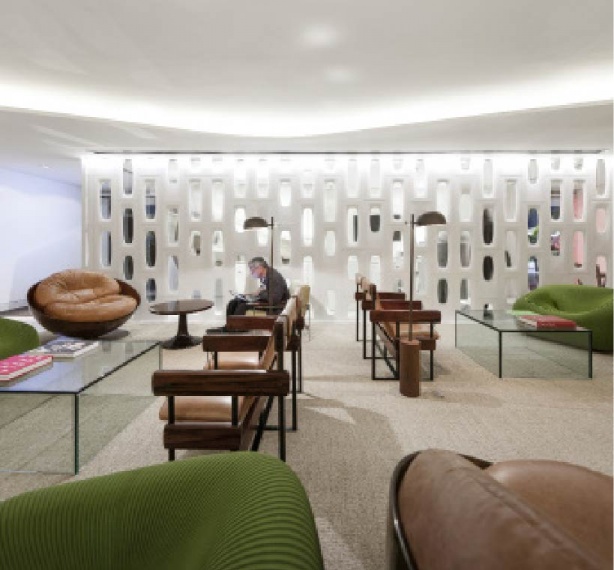
最新动态 | 1 March 2019
Studio Interview - Oppenheim Architecture
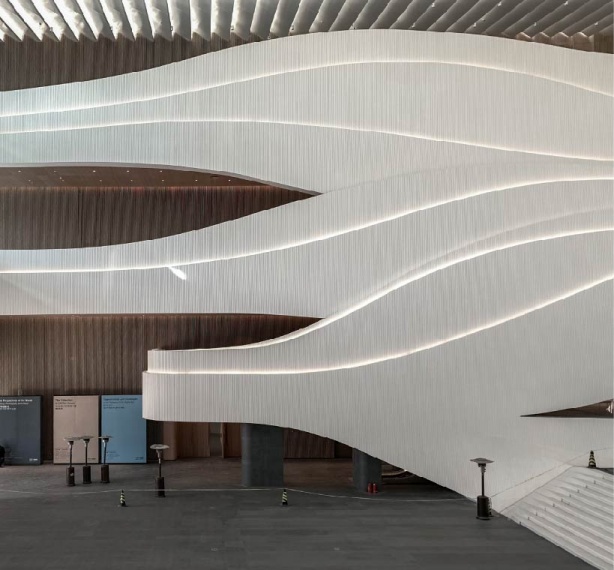
最新动态 | 1 March 2019
Studio Interview - Way Studio

最新动态 | 1 March 2019
Studio Interview - Layer

最新动态 | 1 March 2019
Governments opting for practice over theory
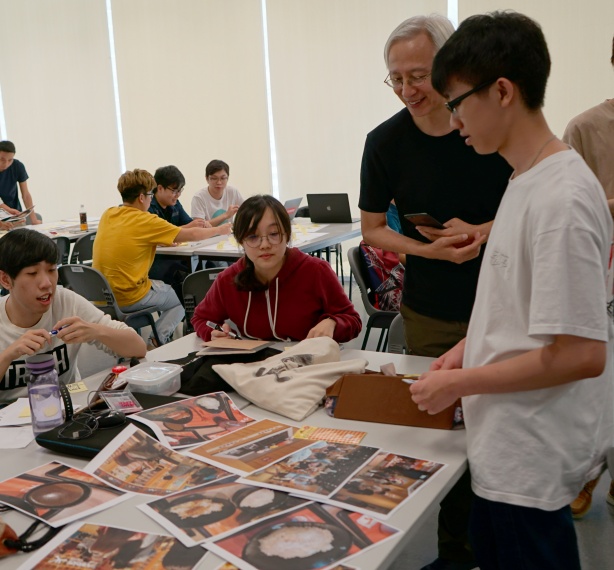
最新动态 | 1 March 2019
Master Thinker on Tech X Design: Bernard Suen
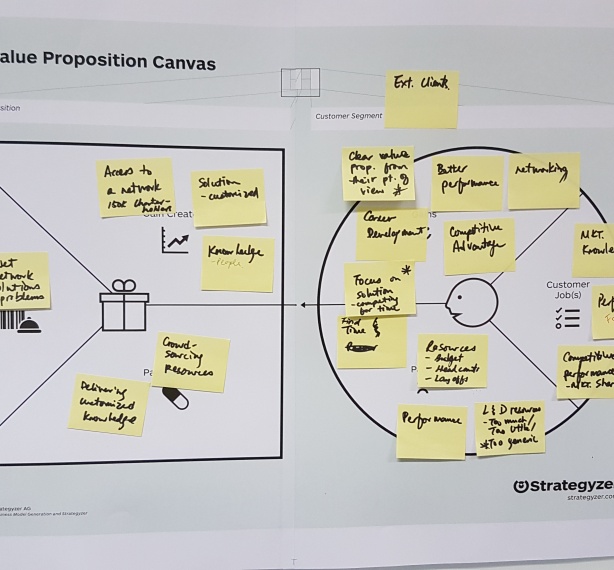
最新动态 | 1 March 2019
Master Thinker on Consultancy X Design: Iva Sladic Keco
